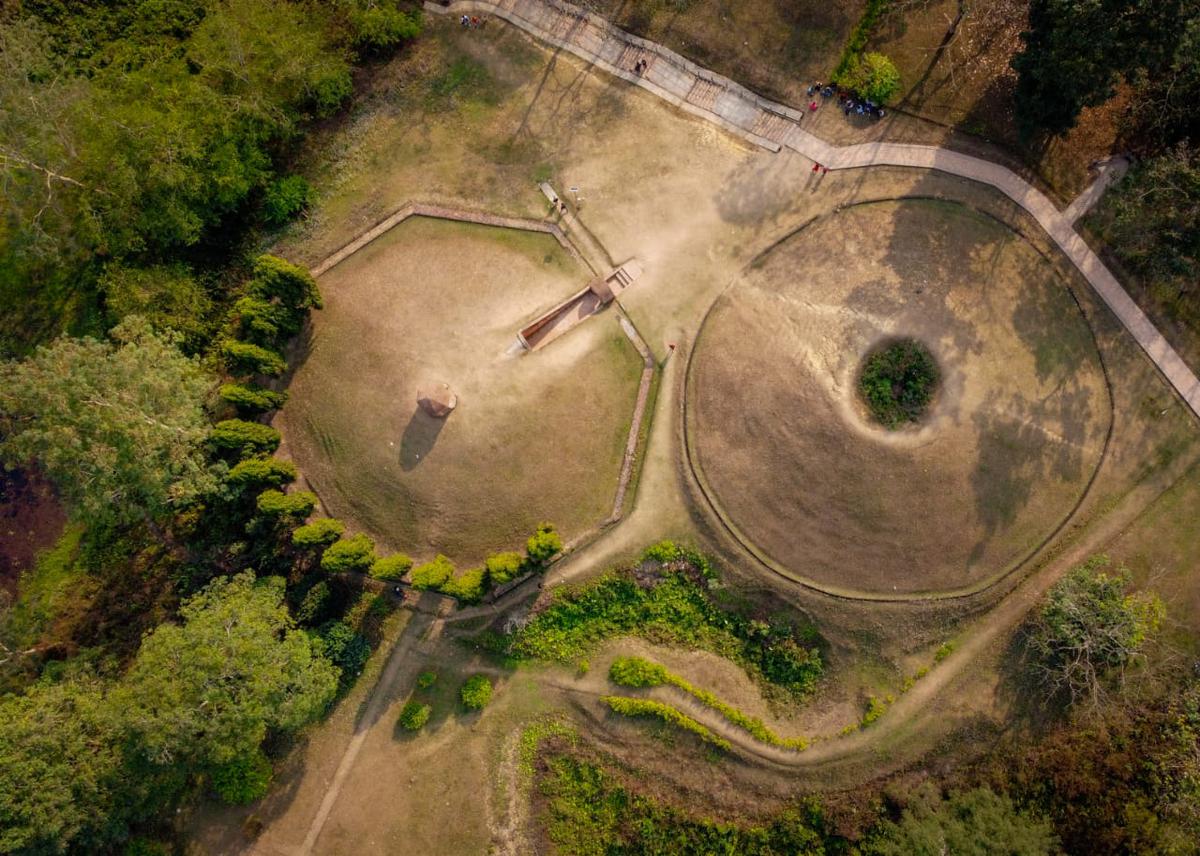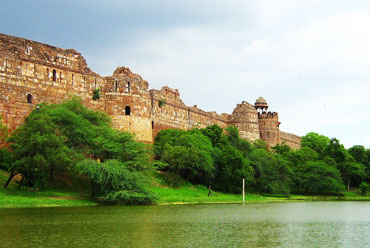As on January 15, 2023, India has 37 Doppler Weather Radar (DWR) and by 2024-25, it is expected to have 25 more DWRs taking the total number to 62 radars.
|
When the source and the signal are in relative motion to each other, there is a change in the frequency observed by the observer. If they are moving closer, the frequency increases and vice versa. |
Advantages of DWRs
References
The Centre has decided to nominate Assam’s Charaideo Maidams for the UNESCO World Heritage Centre this year
|
Currently, there are 3 World Heritage Sites in the northeast, but none of them in the category of cultural heritage.
|

References
The Supreme Court held that chargesheets are not ‘public documents’ and denied their free public access.
Chargesheet and FIR
|
Chargesheet |
FIR (First Information Report) |
|
Defined under Section 173 of the CrPC. |
Comes from the police regulations/ rules under Section 154 of CrPC, which deals with ‘Information in Cognizable Cases’. |
|
Final report filed towards the end of an investigation |
Filed at the ‘first’ instance’ that the police is informed of a cognizable offense |
|
Often used during the trial to prove the offenses the accused is charged with |
The investigation takes place after filing FIR and does not decide a person’s guilt. |
References
The visiting delegates of the G20 Summit in Delhi will be taken to the Purana Qila.

References
|
Hall Effect
When a current carrying conductor is placed in a transverse magnetic field, a potential difference (Hall voltage) arises across the conductor perpendicular to both magnetic field and the electric current. |
Thermal Hall Effect in conductors
Thermal Hall Effect in insulators
Phonons
References